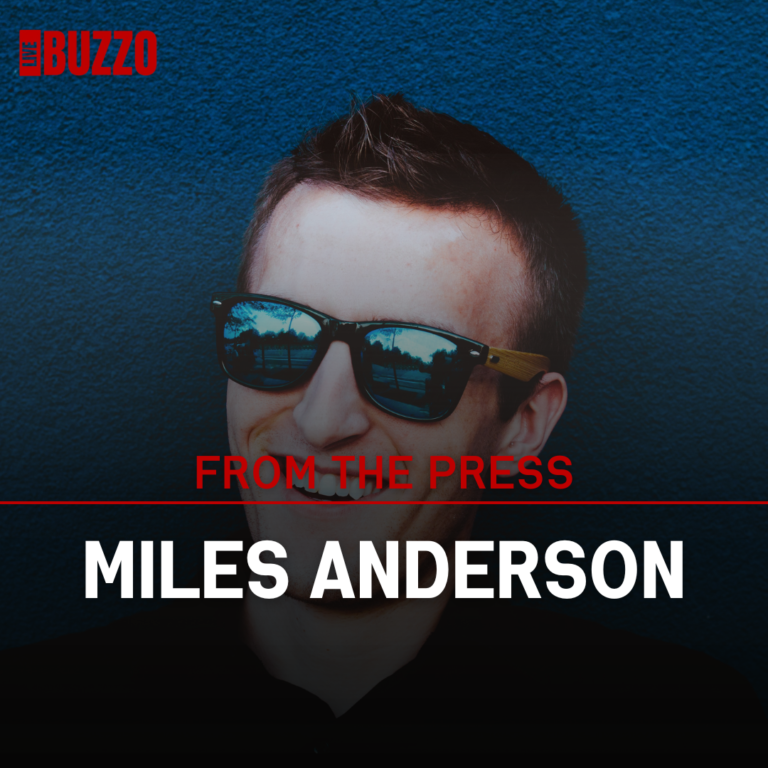In a rapidly evolving world, the debate between traditional learning and modern learning has become increasingly relevant. As we navigate the intersection of education, technology, and cultural shifts, it’s essential to explore the strengths and weaknesses of each approach. Is the time-honored, structured system of traditional education still the best method for nurturing young minds, or do the innovative, flexible methods of modern learning hold the key to unlocking creativity and critical thinking in today’s students? Let’s delve into this intricate landscape.
The Pillars of Traditional Learning
Traditional learning, often characterized by a fixed curriculum, standardized testing, and instructor-led classrooms, has long been the foundation of educational systems around the globe. Here are some key aspects of this approach:
Structure and Discipline
Pros: The traditional model inherently promotes structure and discipline. Students learn to follow schedules, meet deadlines, and develop a sense of responsibility. These skills are invaluable not just in the classroom but throughout one’s life.
Cons: However, this rigid framework can also stifle creativity. Students may feel pressured to conform to specific norms, potentially leading to disengagement if they don’t resonate with the material.
Depth of Knowledge
Pros: Traditional education often emphasizes depth over breadth, allowing students to develop a thorough understanding of core subjects like mathematics, science, and literature. This solid foundation can be crucial for academic and professional success.
Cons: On the downside, this approach may neglect vital skills of the modern world, such as collaboration, digital literacy, and adaptability, which are essential in today’s workforce.
The Rise of Modern Learning
Modern learning, often propelled by technology and innovative teaching methodologies, emphasizes collaboration, flexibility, and real-world application. Here’s what sets it apart:
Personalization and Engagement
Pros: One of the most significant advantages of modern learning is its focus on personalization. With the help of technology, students can engage with material that resonates with their interests and learning styles. Interactive learning platforms, for instance, allow for a tailored educational experience that can enhance student engagement.
Cons: However, the downside can be an overwhelming amount of information. Without guidance, students might struggle to discern quality material from noise, leading to potential confusion and misinformation.
Collaboration and Real-World Skills
Pros: Modern learning encourages collaboration among peers. Group projects, peer reviews, and co-learning environments not only foster social skills but also simulate real-world scenarios where teamwork is crucial. This approach equips students with essential skills relevant to their personal and professional futures.
Cons: Yet, the collaborative focus of modern learning can complicate assessments. Evaluating individual contributions in group settings can often be challenging, potentially skewing perceptions of each student’s abilities.
Finding Common Ground
As we dissect these two educational approaches, it’s clear that neither is without its merits and drawbacks. Instead of forcing a binary choice, it’s worth considering a hybrid model that combines the best elements of both traditional and modern learning.
Imagine a classroom where foundational subjects are taught with rigor but are interspersed with project-based learning that promotes creativity. Picture education systems that use technology to enhance, rather than replace, teacher-student interactions. This synergy can create an enriched learning environment that prepares students for both academic success and real-life challenges.
Conclusion: Charting the Future of Education
Ultimately, the question of whether traditional or modern learning reigns supreme may not have a definitive answer. Instead, the future of education likely lies in blending these approaches to cultivate a generation of thinkers who can navigate the complexities of our world with critical skills and creativity.
As we move forward, it’s vital to remain committed to promoting cultural authenticity in education—ensuring that diverse perspectives and creative expressions are integral to the learning process. By advocating for a system that values grassroots activism in educational reform, we can empower underrepresented voices and foster a more inclusive society.
Whether you’re an educator, student, or parent, embracing the nuances of both traditional and modern learning can help prepare the next wave of innovators, storytellers, and change-makers who will shape our collective future.
In a time where educational needs are evolving, understanding the strengths of traditional and modern learning methodologies is essential. Through thoughtful introspection and community engagement, we can strive for an education system that truly reflects the diverse fabric of our society.


